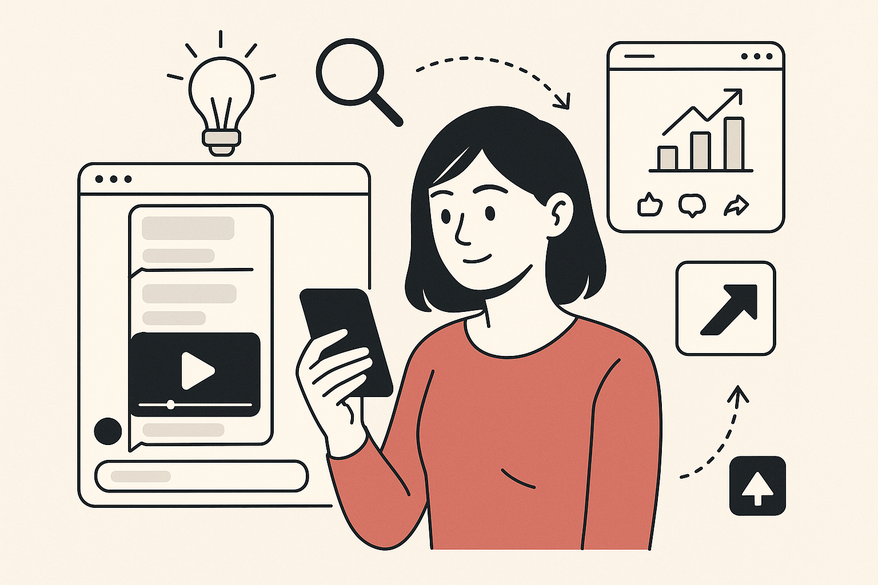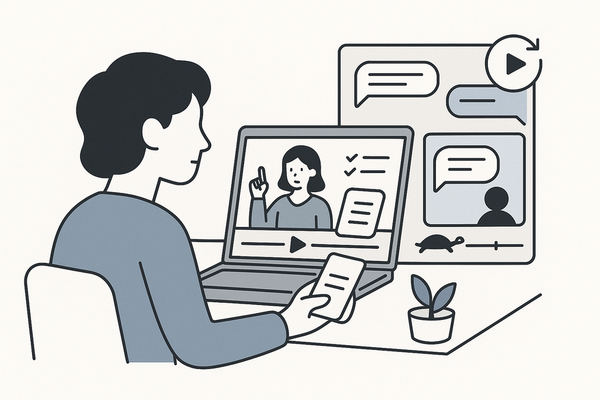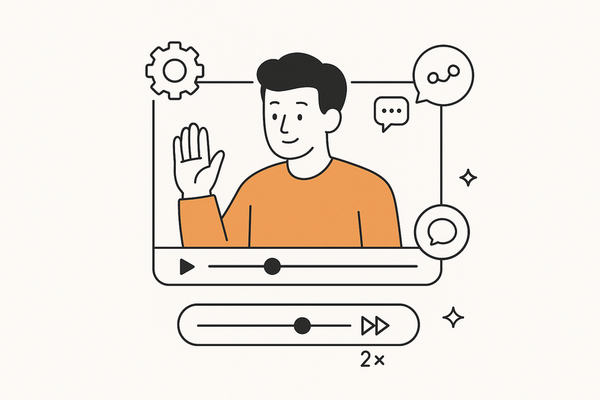Optimal Format for Chat Story Videos: Expert Guide to Boost Engagement
Discover the optimal format for chat story videos to enhance engagement and maximize shareability across social media platforms with expert insights.

Estimated reading time: 6 minutes
Key Takeaways
- Vertical 9:16 Full HD is the go-to format for mobile-first chat stories, boosting immersion and retention.
- MP4 with H.264 codec at 1080×1920 and 30 fps ensures smooth animations and broad compatibility.
- Adapt to 1:1 or 16:9 for Facebook and YouTube to optimize feed appearances.
- Consistent style guides—fonts, bubble colors, safe-zone layouts—prevent cropping across platforms.
- Keep files <100 MB with 4–6 Mbps VBR to guarantee fast loading and crisp visuals.
Table of Contents
- Understanding Chat Story Videos
- Exploring the Optimal Format for Chat Story Videos
- Comparing Video Formats for Fake Chat Videos
- Chat Video Social Media Format Recommendations
- Technical Considerations & Best Practices
- Conclusion
- Additional Resources
Understanding Chat Story Videos
Chat story videos are short-form narratives displayed as simulated messenger app chats. They differ from traditional videos by mimicking a sequential chat UI with:
- Animated text bubbles appearing with smooth transitions
- Character avatars and reaction emojis to convey emotion
- Sound cues (like “ding”) to signal new messages
- A familiar texting interface that boosts immersion
On mobile, vertical mode (9:16) fits full screen, making text legible and boosting completion rates by up to 75% compared to horizontal ads.
Real-world example: A mystery campaign saw a 30% jump in completion within 48 hours by switching to full-screen chat bubbles and timed message reveals.
Sources:
Exploring the Optimal Format for Chat Story Videos
Aspect Ratio & Resolution
- Vertical 9:16 at 1080×1920 pixels (Full HD vertical) for TikTok, Instagram Stories, Snapchat
Frame Rate & Codec
- 30 fps for smooth bubble animations
- MP4 container with H.264 codec; H.265/HEVC for 30% smaller files
Design Tips
- Use template-based editors like Vidulk - Fake Text Message Story App for quick chat-bubble animation
- Minimum font size: 24 px; choose high-contrast text and backgrounds
- Keep avatars and emojis within the center 80% safe zone
Workflow Techniques:
- Build a chat UI style guide: fonts, bubble colors, spacing
- Animate entries with ease-in/ease-out timing (0.3 s appear, 0.5 s display)
- Preview on actual devices to catch cropping or alignment issues
Sources:
Comparing Video Formats for Fake Chat Videos
Fake chat videos dramatize fictional threads. Here’s how formats stack up:
Vertical 9:16 (1080×1920)
- Pros: Full-screen immersion on TikTok, Reels, Snapchat
- Cons: Not ideal for YouTube standard feed
Square 1:1 (1080×1080)
- Pros: No black bars in Instagram and Facebook feeds
- Cons: Less vertical space; smaller text
Horizontal 16:9 (1920×1080)
- Pros: Standard YouTube format
- Cons: Chat bubbles shrink; readers must lean in
Vertical format delivers 10–20% higher story retention vs. square or horizontal. A comedy channel saw a 15% rise in completions and doubled shares by switching from 1:1 to 9:16.
Sources:
Chat Video Social Media Format Recommendations
| Platform | Aspect Ratio | Resolution | Duration | File Size & Bitrate |
|---|---|---|---|---|
| TikTok | 9:16 | 1080×1920 | ≤60 s | <100 MB; 4–6 Mbps |
| Instagram Stories/Snapchat | 9:16 | 1080×1920 | ≤60 s | <100 MB; 4–6 Mbps |
| Instagram Reels | 9:16 | 1080×1920 | ≤90 s | <100 MB; 4–6 Mbps |
| Facebook Feed | 1:1 or 4:5 | 1080×1080 or 1080×1350 | Any | <100 MB; 4–6 Mbps |
| YouTube Shorts | 9:16 | 1080×1920 | ≤60 s | <100 MB; 4–6 Mbps |
| YouTube Standard | 16:9 | 1920×1080 | Any | Up to 128 GB; 8–12 Mbps |
Safe-Zone Guidance
- Keep UI elements within the center 80% to avoid cropping
- Avoid top/bottom 10% where platform UI overlays appear
Audio & Mobile Optimization
- AAC audio at 128 kbps, 48 kHz for crisp beeps and cues
- Use VBR encoding to balance quality and file size
Technical Considerations & Best Practices
File Size & Compression
- Aim for <100 MB on short clips; use VBR at 5 Mbps for 1080×1920
Export Settings
- Keyframe interval: 2 s for smooth seeking
- Profile: H.264 Baseline/Main for older devices
- Audio: AAC, 48 kHz, 128 kbps
See Export Settings for Fake Chat Videos for detailed guidance.
Prevent Common Issues
- Blurry text: use vector-based text layers; export at full resolution
- Color shifts: apply sRGB color space
- Cropping: test on each platform’s preview tool
Consistency Across Episodes
- Standardize font family, bubble style, and color palette
- Create a simple style guide PDF for your team
- Name assets clearly (“ChatBubble_Green.png,” “Font_Montserrat_24px”)
Security & Privacy Note
- Blur personal data or use dummy text for real conversations
- Comply with GDPR and privacy laws when sharing user-generated texts
Conclusion
Recap:
- Use vertical 9:16 Full HD (1080×1920) + MP4/H.264 for chat story videos
- Switch to square (1:1) or horizontal (16:9) for Facebook feed and YouTube standard
- Follow file-size, bitrate, and font legibility best practices
Benefits:
- Enhanced engagement and retention on mobile
- Greater shareability and consistent branding
- Streamlined cross-platform publishing with clear specs
Call to Action:
Test these formats, measure completions and shares, then refine your style guide to keep chat story videos fresh and impactful.
Additional Resources
FAQ
Q: What aspect ratio should I use for maximum mobile engagement?
A: Vertical 9:16 at 1080×1920 pixels is ideal for chat story videos on platforms like TikTok and Instagram Stories.
Q: Which codec and bitrate set-up prevents loading delays?
A: MP4 with H.264 codec at 30 fps and 4–6 Mbps VBR keeps files under 100 MB and ensures smooth playback.
Q: How can I avoid cropping on different social feeds?
A: Keep chat bubbles and avatars within the center 80% of the frame and avoid the top/bottom 10% to account for UI overlays.
Q: Should I standardize styles across episodes?
A: Yes—create a style guide for fonts, bubble colors, and asset naming to maintain consistency and streamline production.





